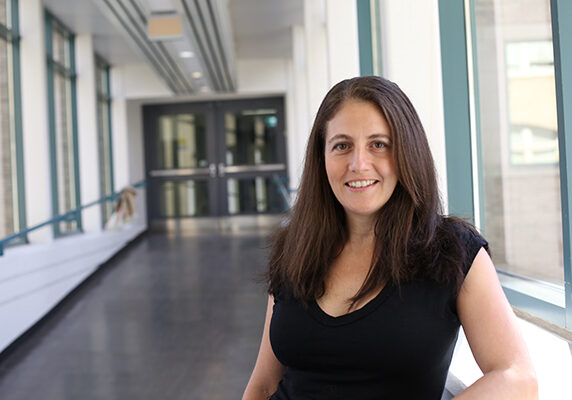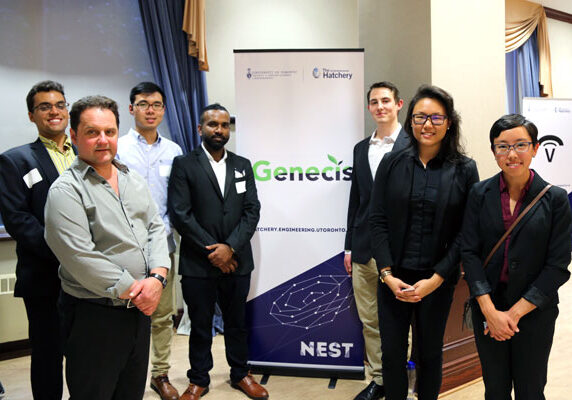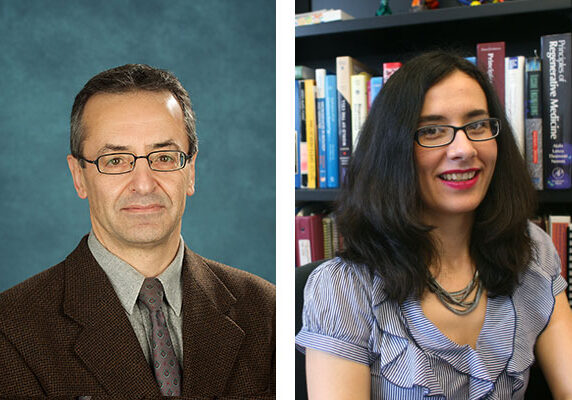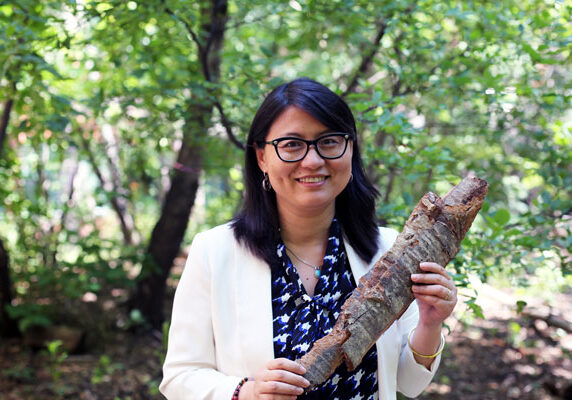
Expert in microfabrication and disease modelling awarded Connaught Fund McLean Award
Alison McGuigan (ChemE) receives $125,000 prize for her work that aims to create better mechanisms for predicting how well promising drugs will work in patients

Better bioprocessing: Meet Professor Nikolai DeMartini
Expert in the process chemistry of inorganics in pulp mills and biofuel plants joins the Department of Chemical Engineering & Applied Chemistry.

Elements of bio-mining: Engineering collaboration aims to turn mine waste into valuable metals
Multidisciplinary collaboration leverages microorganisms to remediate and extract value from tailings ponds

Four startups to watch from U of T Engineering’s Hatchery Demo Day
Companies include an engineering career matchmaker and a company that converts food waste into biodegradable plastic

Scaling up safely: Meet Professor Ariel Chan
Chemical process safety expert joins the Department of Chemical Engineering & Applied Chemistry

U of T Engineering researchers receive $12.8 million in NSERC research funding
Canada’s Foreign Affairs Minister Chrystia Freeland visited the University of Toronto yesterday to announce $52.6 million in support to U of T researchers from the Natural Sciences and Engineering Research Council of Canada (NSERC). The announcement included more than $12.8 million to support the work of 100 graduate students and faculty members at U of […]

Reza Iravani and Milica Radisic named Fellows of the Royal Society of Canada
Professors recognized for contributions to power grid innovation and tissue engineering, respectively



